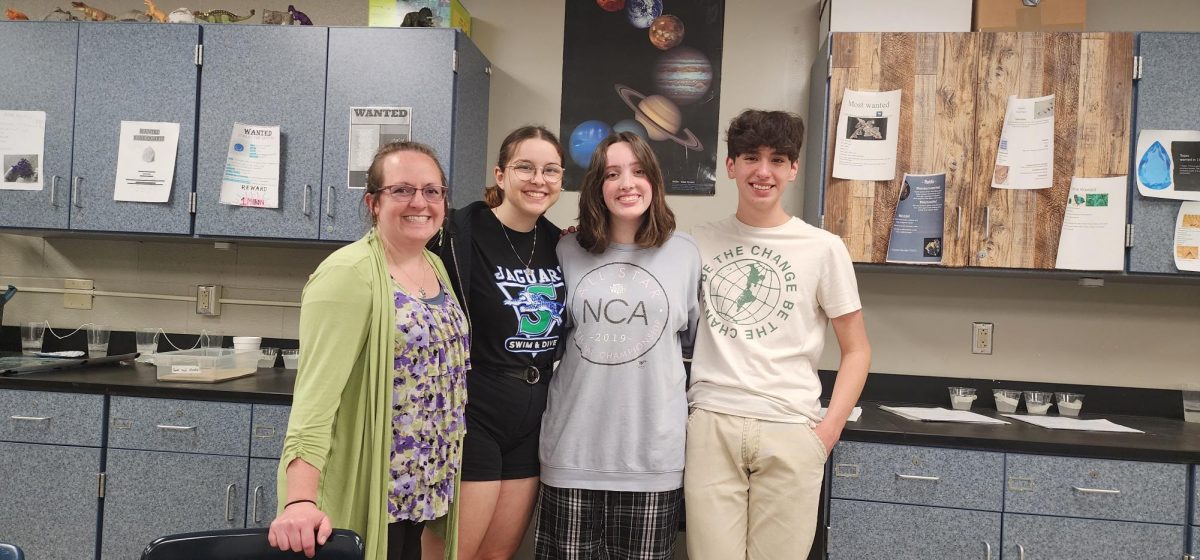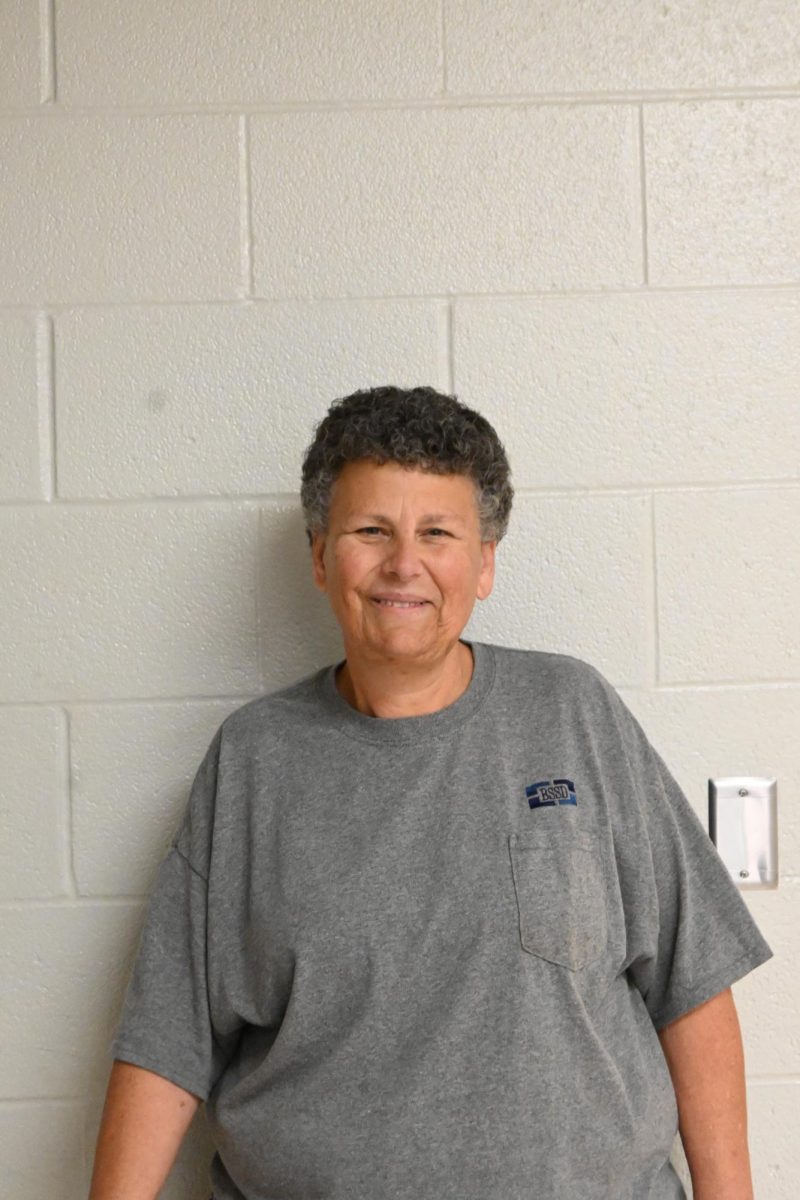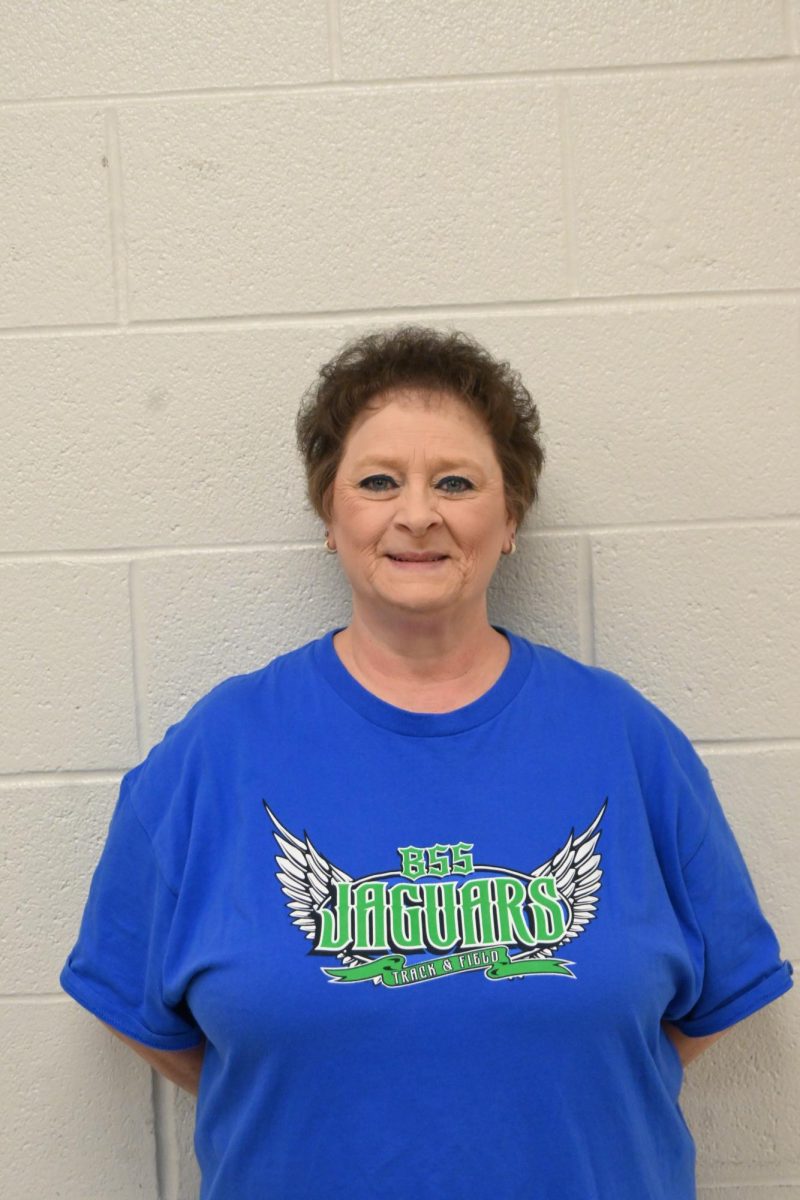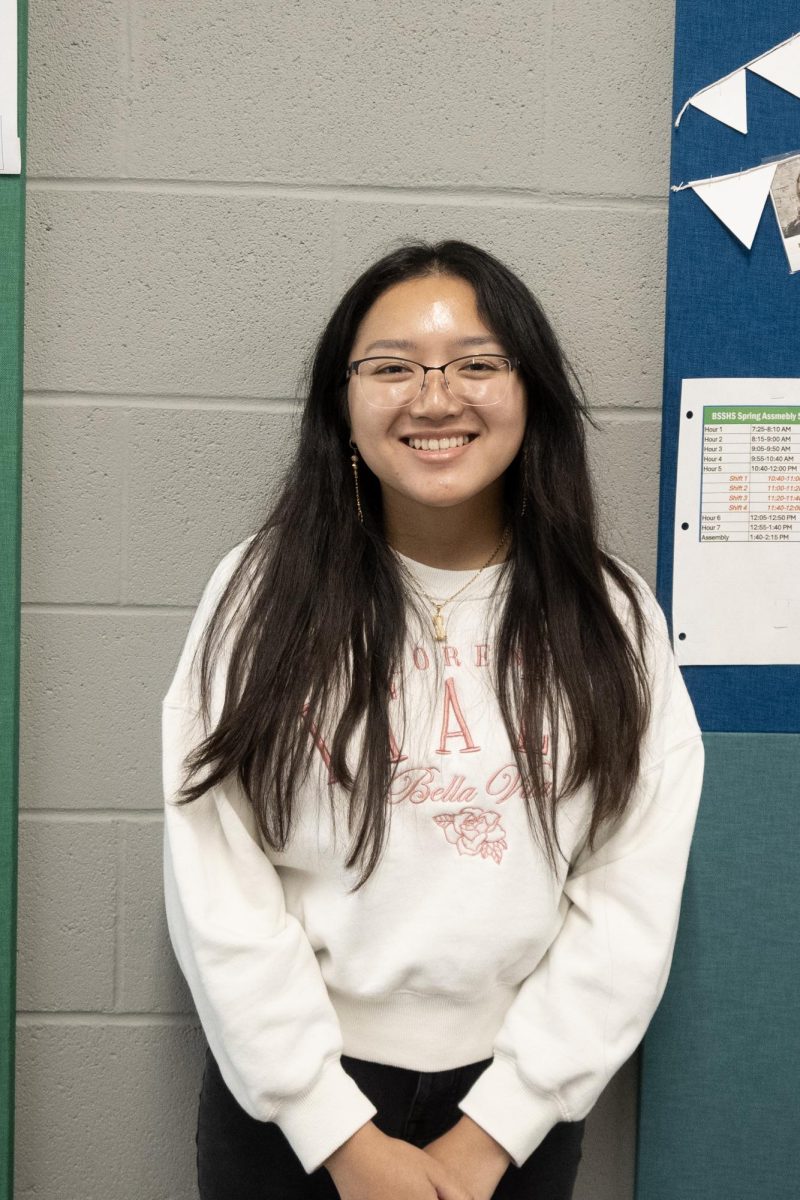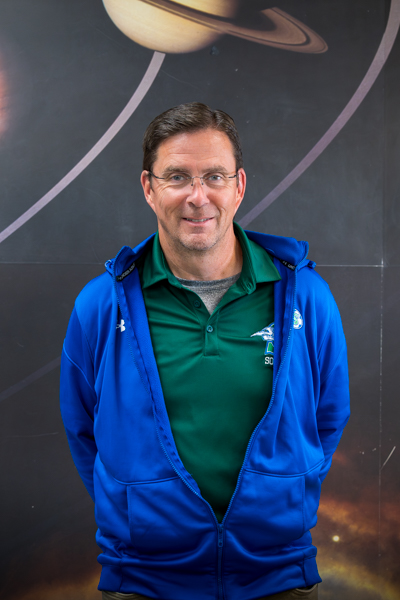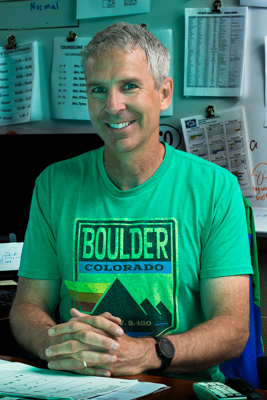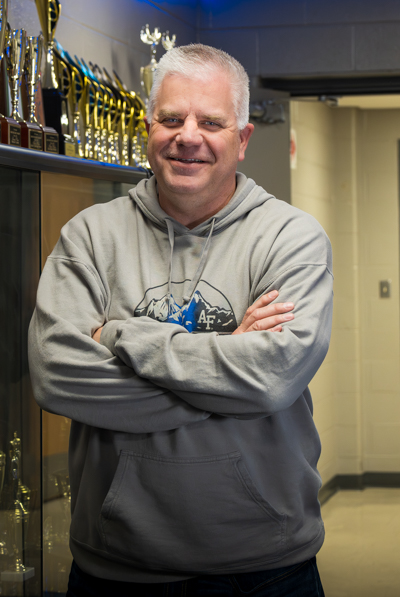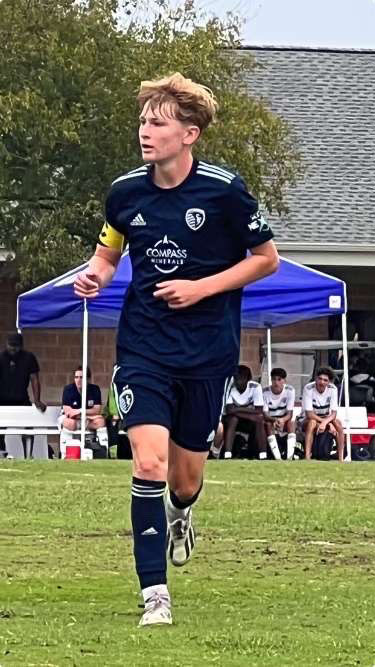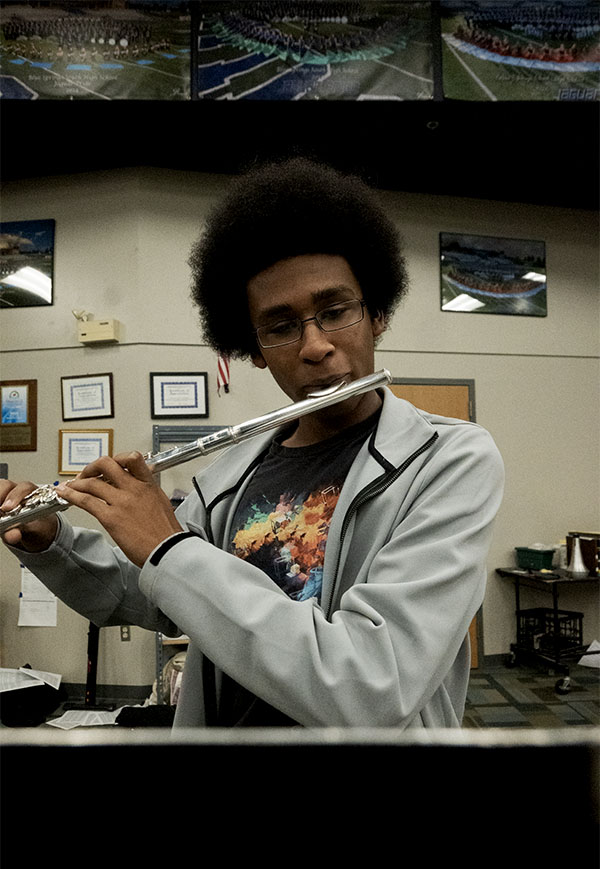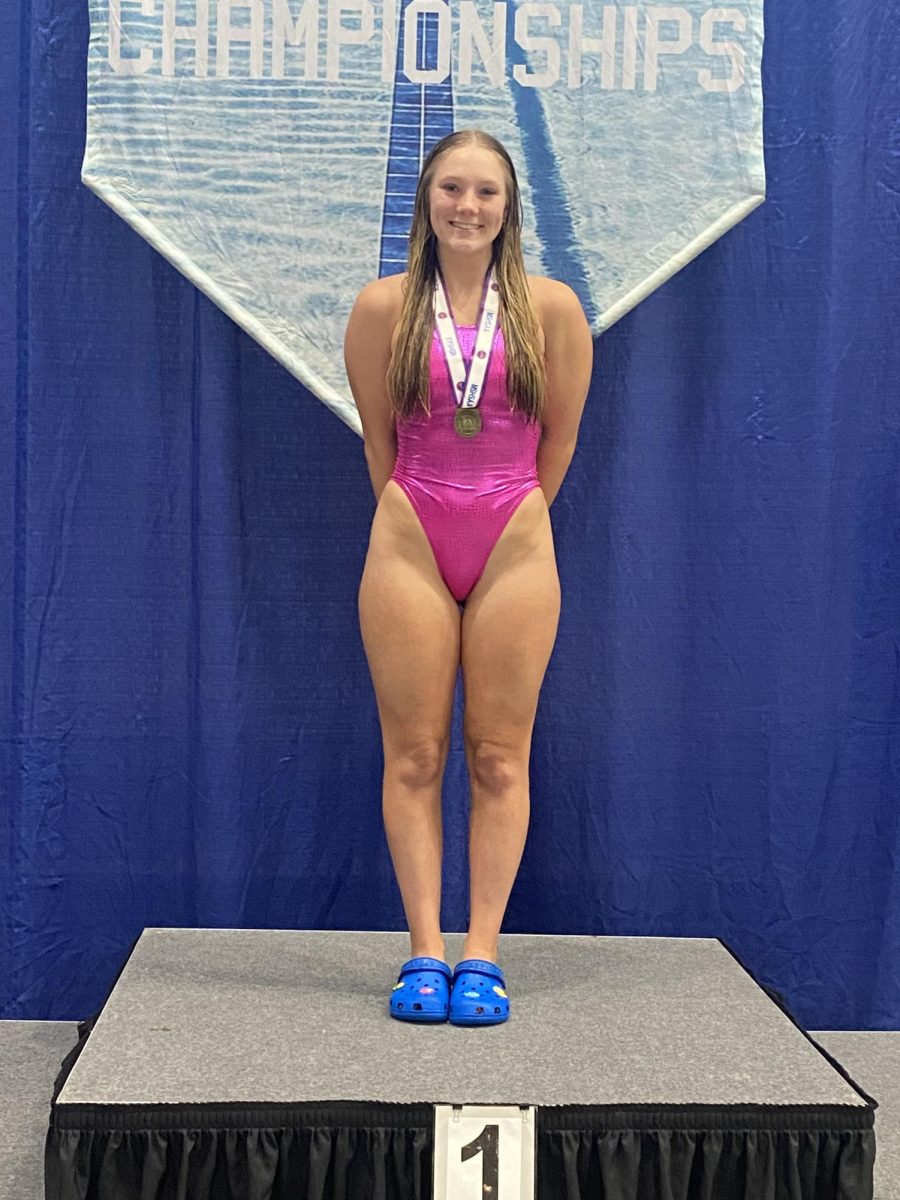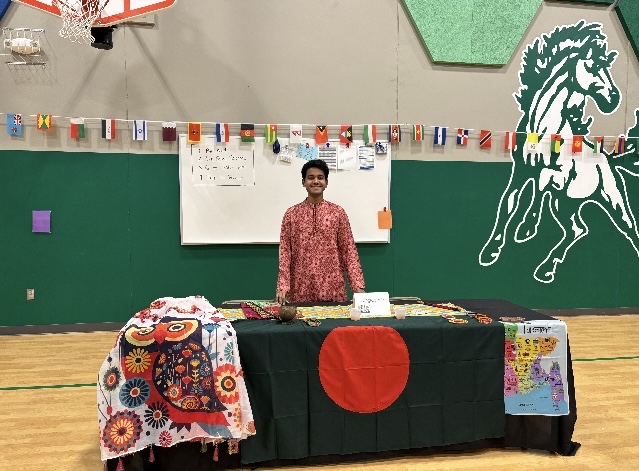The Jag
The pitch-black sky that’s dotted with billions and billions of bright specks has taken hold of many people’s curiosities. Many of them have tried to understand what space is and what is possible there. People like Kristin Tolentino and the Stellar Jags.
The Stellar Jags, a space club here at South, entered a program last year called Cubes in Space, a partnership of NASA and iEDU. This program picks experiments sent in by schools and sends cubes that hold the experiment into space. The cube is four centimeters cubed and gets sent up in a rocket or in a balloon.
Tolentino applied for Cubes in Space around February, around when the club was created. They had a month to create at least one experiment to be judged and possibly picked.
“The one I worked more closely with was the Martian cement experiment,” says senior Melania Richards, one of the Stellar Jags whose experiment got picked. “We took Martain regolith [layer of loose rocky material covering bedrock] and potato starch and a couple of other ingredients and we formed these cement cubes.”
Junior Ian Garcia also worked on the Martian experiment last year.
“We basically meshed a bunch of different experiments into one to get like one big experiment,” he says. “And so, it was mainly to test to see if it was actually possible to put that kind of soil and concrete in a Mars-like environment. Which would be the outer atmosphere with lots of radiation.”
The Stellar Jags created another experiment during that time.
“We created an artificial magnetic field, but we put seeds inside,” says Tolentino about the second experiment, “and so our question was, can we protect the seeds with the artificial magnetic field?”
When they get the cubes back, they will run tests on them to see if the experiment was successful.
When Tolentino was contacted by Cubes in Space officials, she was beyond thrilled.
“[I] was jumping up and down and screaming pretty much. I found out in class, and I was like, oh my gosh. But I didn’t have any of my Stellar Jags. I had to wait and wait. … I called an emergency meeting for my Stellar Jags. I told them when they got there, but it was really hard to wait,” Tolentino.
Garcia was also delighted when he heard.
“I was really excited. It was insane. You know, I joined pretty late in the actual forming of the group. But they hadn’t done anything yet. And then I joined it, and we started working on it. And it was really exciting, actually being picked for something like that. [It] was crazy to be involved in an actual NASA scientific experiment. … I love to think about it. It’s really cool,” Garcia says.
“I feel like in a lot of things,” Richards says, “you enter into something and you’re like, we probably won’t get it. So, it’s really exciting to actually get to go through with the project.”
She says that she learned about being flexible with plans and being a part of a team.
“Because we always have to plan around each other’s schedules and try to figure something out so that we can all be included with the project,” Richards says.
Garcia says that he learned about teamwork as well when working on their experiment.
“I also learned it helps working with other people. It was a very collaborative effort, having to communicate, having to just be very mature, I guess, with different things and having to do the research. Do the work and work together to find an actual solution to our problem, which is really helpful. I liked it a lot,” Garcia says.
Tolentino said that she created Stellar Jags for many reasons, but mostly for her kids.
“My own children at home, seven and nine, are obsessed with space; they love space. And so, I, of course, encourage that because I have always loved space too. I wanted to be an astronaut when I was little until I realized how much math is involved in a lot of the astronomy stuff,” Tolentino says.
She also says that she wants to encourage kids like her to continue the space path.
“I realized that there are so many careers and there’s so much involved with space that doesn’t have anything to do with all of the math. And so, I want to basically encourage other kids to kind of encourage other kids of that interest to kind of pursue that interest. And don’t give up if you’re not strong in just one thing, because from everything from like art to science to English and math and history, all of it is so important in space exploration,” Tolentino says.
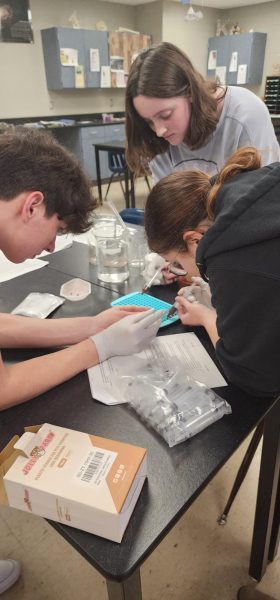
One of her main goals of Stellar Jags is to bring people who love space together. And that’s one of the main things that Garcia enjoys about it.
“It’s a really great community of people. They’re just nice, you know? Everyone’s welcome, I don’t feel like there’s any sort of clique or niche in there. … We have a ton of people from different clubs, sports, different things like that. So, I feel like it’s a really well-balanced group of people,” Garcia says.
Richards agrees with Garcia, she says she likes being with people who have similar passions.
“It’s really fun to work with other people who are also interested in the same thing,” Richards says, “And it’s great to like, know that you could possibly be like making a difference and doing something that’s never been done before.”
Junior AJ Svendsen, a new addition to Stellar Jags this year, likes the people in the club.
“I think it’s just the people,” Svendsen says, “And I feel it’s good to be in an environment where you could talk and have fun … but also things that take a bit more brainpower.”
Many students in Stellar Jags don’t plan on having an astronomy-based career.
“I’m more into architecture and civil engineering,” says Svendsen, “But it’s not out of the way, I will always push for … space and progression of humanity.”
Garcia’s goal also isn’t in space.
“I definitely would continue it as a hobby because I love it so much. I’m very passionate about it. I do a lot of stargazing on my own personal time. … Probably not as a career, but I’d definitely be interested in doing something like chemistry,” Garcia says.
Richards says that she still isn’t sure where space will lead her.
Currently, Stellar Jags are working on a similar project, with a program called NASA TechRise by Future Engineers. They put experiments in cubes as well; however, the cube is double the size of the ones from Cubes in Space. The selected cubes then go up in a weather balloon and collect data.
“We’re working on two proposals,” Tolentino says. “We’ve already submitted one. And that one was on the relationship between an artificial magnetic field and radiation. Because one of the big hazards that astronauts have, as they go beyond Earth, … they’re exposed to higher amounts of radiation, and they don’t have Earth’s protective magnetosphere. So, we’re trying to figure out … is it possible to create our own kind of artificial field to protect astronauts.”
The Stellar Jags just started their second proposal recently, which is about what is in Earth’s stratosphere and how it relates to climate change.
Stellar Jags meet every Wednesday after school in room 10 and welcomes all students who wish to join and enjoy space.

